Imagine a creature so bizarre and squishy that, if you found it pressed beneath a stone, you might think it was a living pancake. Welcome to the odd world of the world’s flattest frog: the Bornean flat-headed frog. This animal has evolved to defy expectations—no lungs, paper-thin bodies, and a lifestyle so strange it almost seems like a joke nature played for its own amusement. But behind the silliness lies a story of jaw-dropping adaptation and survival, one that forces us to rethink what it means to be a frog. Whether you’re a biology buff or just someone who loves a good weird animal fact, buckle up—this frog’s story is about to squish your expectations.
The Bizarre Beauty of the Bornean Flat-Headed Frog
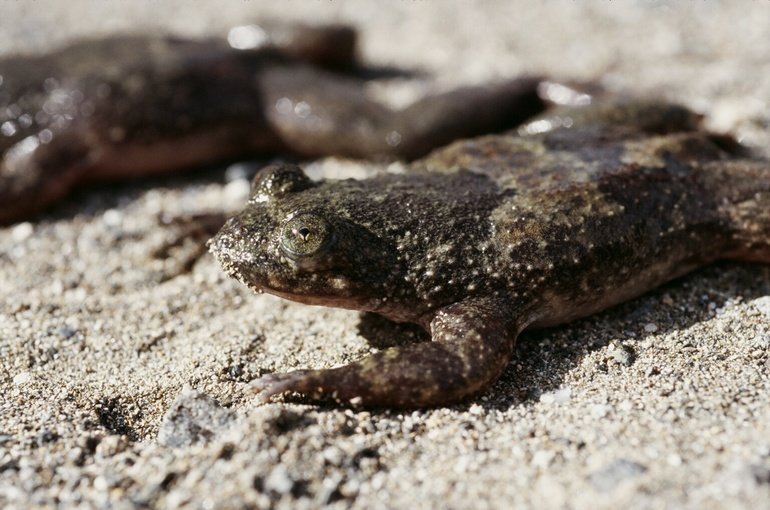
The Bornean flat-headed frog isn’t your typical amphibian. Its body looks like it’s been squashed by an invisible hand, so much so that it could almost pass for a leaf. This frog, scientifically known as Barbourula kalimantanensis, lives in the fast-flowing streams of Borneo, an island famous for its biodiversity and mysterious creatures. Its head and body are so flat that there’s barely any curve at all—almost like nature ironed it out for maximum weirdness. When you see a photo, you’re struck by how it seems to hug the rocks, blending in perfectly with its surroundings. The frog’s skin is smooth, dark, and often covered in a thin film of water, which only adds to its slippery, otherworldly appearance.
No Lungs? No Problem!
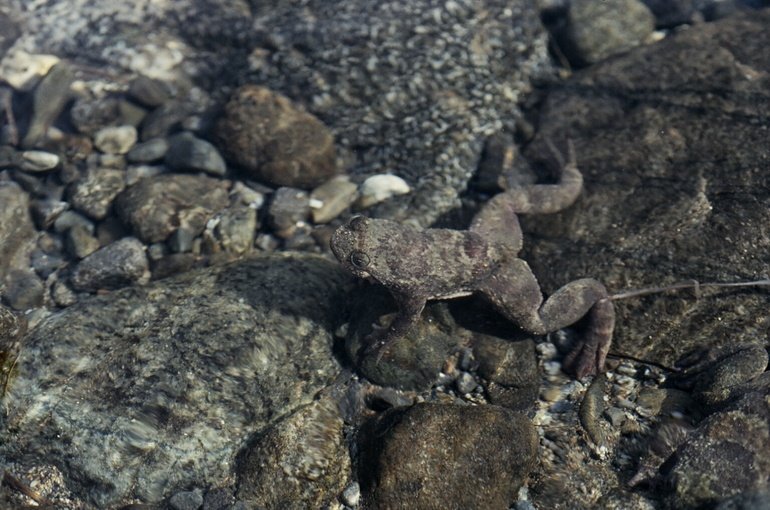
Perhaps the most shocking fact about the Bornean flat-headed frog is that it doesn’t have lungs. That’s right—while most frogs puff up their throats and gulp air, this one skipped the lungs entirely. Instead, it breathes completely through its skin. This adaptation is nearly unheard of among frogs, who typically rely on lungs for at least part of their oxygen intake. The absence of lungs means the frog’s body can be flatter and better suited for life under rocks in fast-moving streams. This evolutionary twist is not just fascinating, it’s a rare biological marvel that makes scientists scratch their heads in wonder.
Evolution’s Ultimate Squish
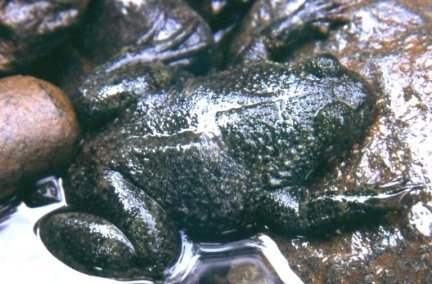
How did the flat-headed frog get so flat? The answer lies in millions of years of evolution. In the struggle to survive in Borneo’s raging streams, only the flattest frogs could squeeze under rocks and avoid being swept away. Over time, nature selected for flatter and flatter bodies, until the species reached its current pancake-like form. It’s a powerful reminder of how strange and unpredictable evolution can be, turning a regular amphibian into something that looks like it belongs in a cartoon. The flatness isn’t just a quirk—it’s a survival tool honed by the relentless pressure of the environment.
Life in the Fast Lane: Stream Dwellers
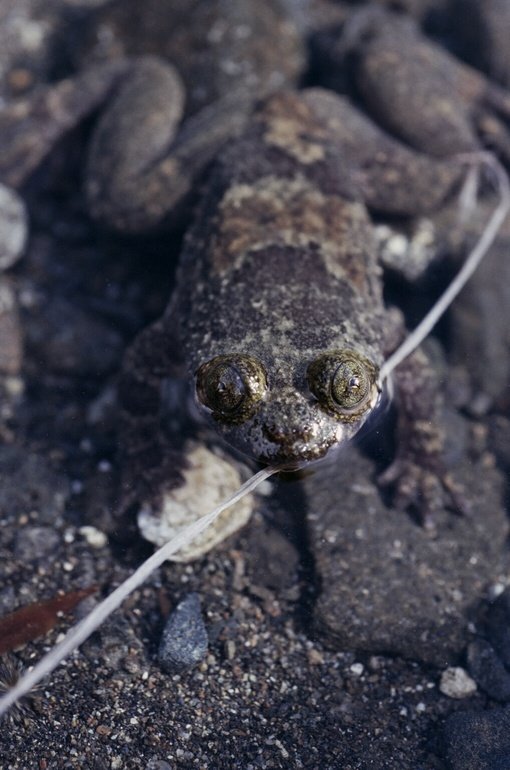
The Bornean flat-headed frog has made its home in a world of rushing water and slippery stones. These frogs are found only in clear, cold streams deep in the rainforests of Borneo. The current is strong, and the rocks are often covered in slippery algae. This is no place for a clumsy or slow-moving animal. The flat-headed frog’s shape lets it press itself tightly against the stones, avoiding the force of the water and hiding from predators. This lifestyle is demanding, but it’s also protected the frog from many of the threats that other amphibians face.
Skin-Deep: The Art of Breathing Through Skin
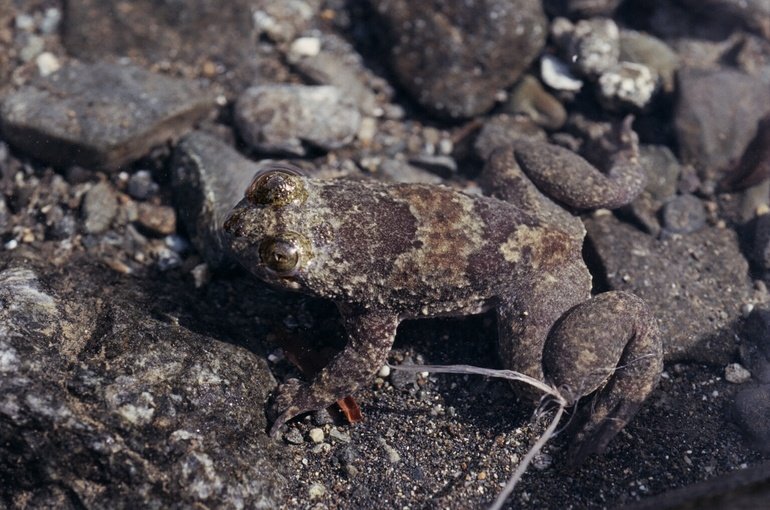
Breathing through skin might sound like magic, but it’s actually a complex and delicate process. The flat-headed frog’s skin is thin and packed with blood vessels, allowing oxygen to pass directly into its bloodstream. But this trick only works if the skin stays wet, which is why the frog never strays far from water. If it dries out, it can’t breathe. This makes the frog incredibly sensitive to changes in its environment, and any disturbance to its watery home can spell disaster. It’s a remarkable example of how specialized and vulnerable nature’s oddities can be.
Hiding in Plain Sight: The Art of Camouflage
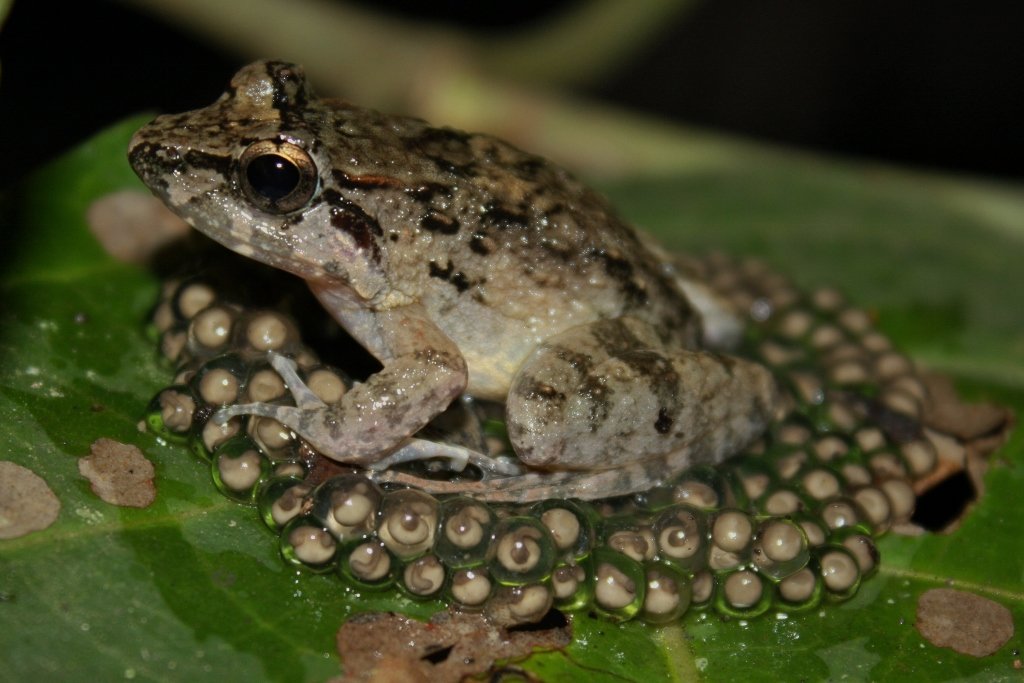
Blending in isn’t just a bonus for the flat-headed frog—it’s essential for survival. Its dark, mottled coloring makes it almost invisible against the riverbed. Predators searching for a meal will often overlook the frog entirely, mistaking it for a patch of wet stone. This camouflage is so effective that scientists had a hard time finding the species at all; it was only discovered in the wild in 1978. Even now, spotting one is a rare treat for herpetologists and adventurous travelers. It’s a master class in hide-and-seek, perfected over generations.
The Mystery of Its Diet
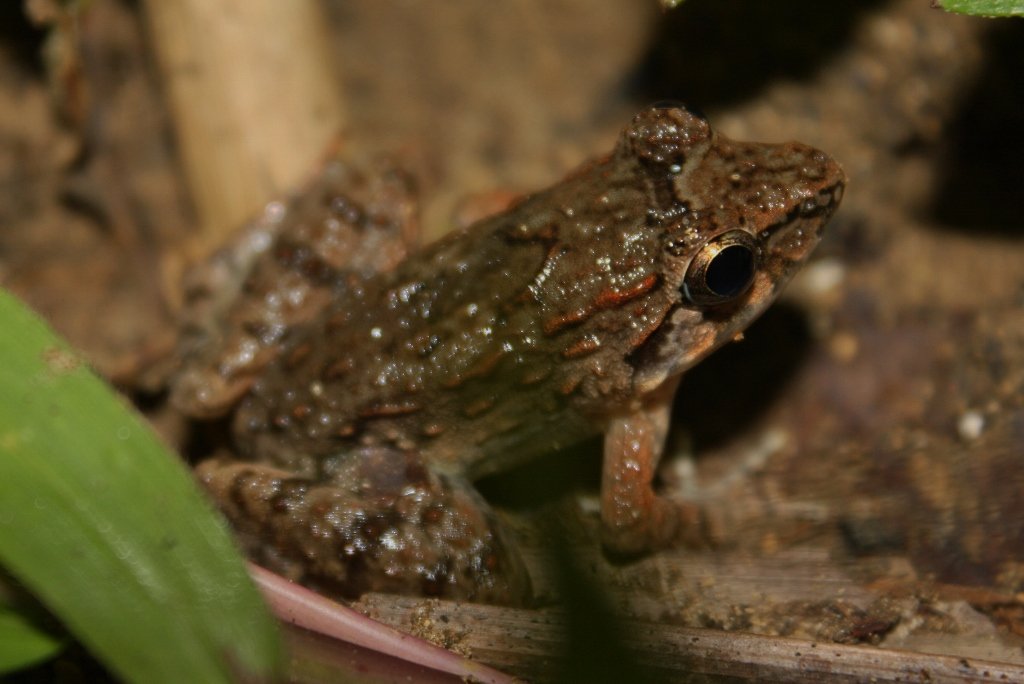
What does a flat-headed frog eat? The answer is surprisingly elusive. Because the frog lives in such a remote and difficult-to-study environment, scientists have only managed a few glimpses of its eating habits. It’s believed that the frog feeds mostly on aquatic insects and tiny invertebrates that share its rocky home. Its wide, flat mouth is perfectly suited for snapping up prey that drifts by in the current. Watching this frog hunt is like seeing a living trapdoor: one moment still, the next, a sudden gulp and the food is gone.
Family Ties: Reproduction and Tadpole Tales
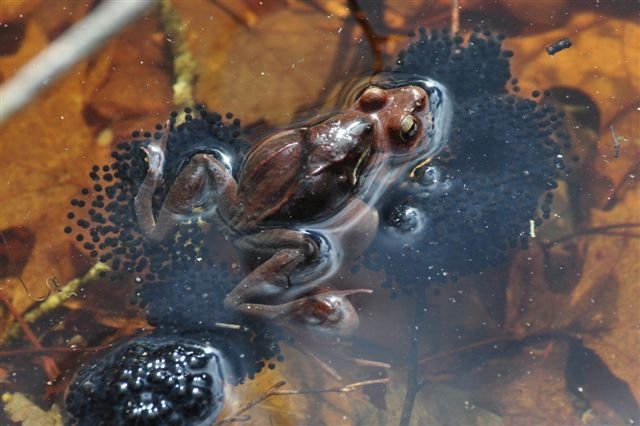
The reproductive habits of the flat-headed frog are as mysterious as the rest of its life. Researchers suspect that, like many stream-dwelling frogs, it lays its eggs in hidden crevices or under rocks, where flowing water can keep them safe and oxygenated. The tadpoles that hatch out are likely just as well-adapted to fast currents as their parents, clinging to stones and feeding on whatever organic matter they can find. Parenting in this world is tough—most young won’t survive the hazards of the stream, but those that do inherit the legacy of the world’s flattest frog.
Why So Flat? The Advantages of Pancake Living

Being flat isn’t just about looking odd. For the Bornean flat-headed frog, it brings several important perks. Its streamlined body faces less resistance from the water, letting it stay put even when currents are fierce. The flatness also helps the frog slip into spaces where predators can’t follow and where food is easier to find. It’s a design that perfectly matches the challenges of life in a Bornean stream—proof that sometimes, the weirdest bodies are also the best adapted.
Unique Among Amphibians
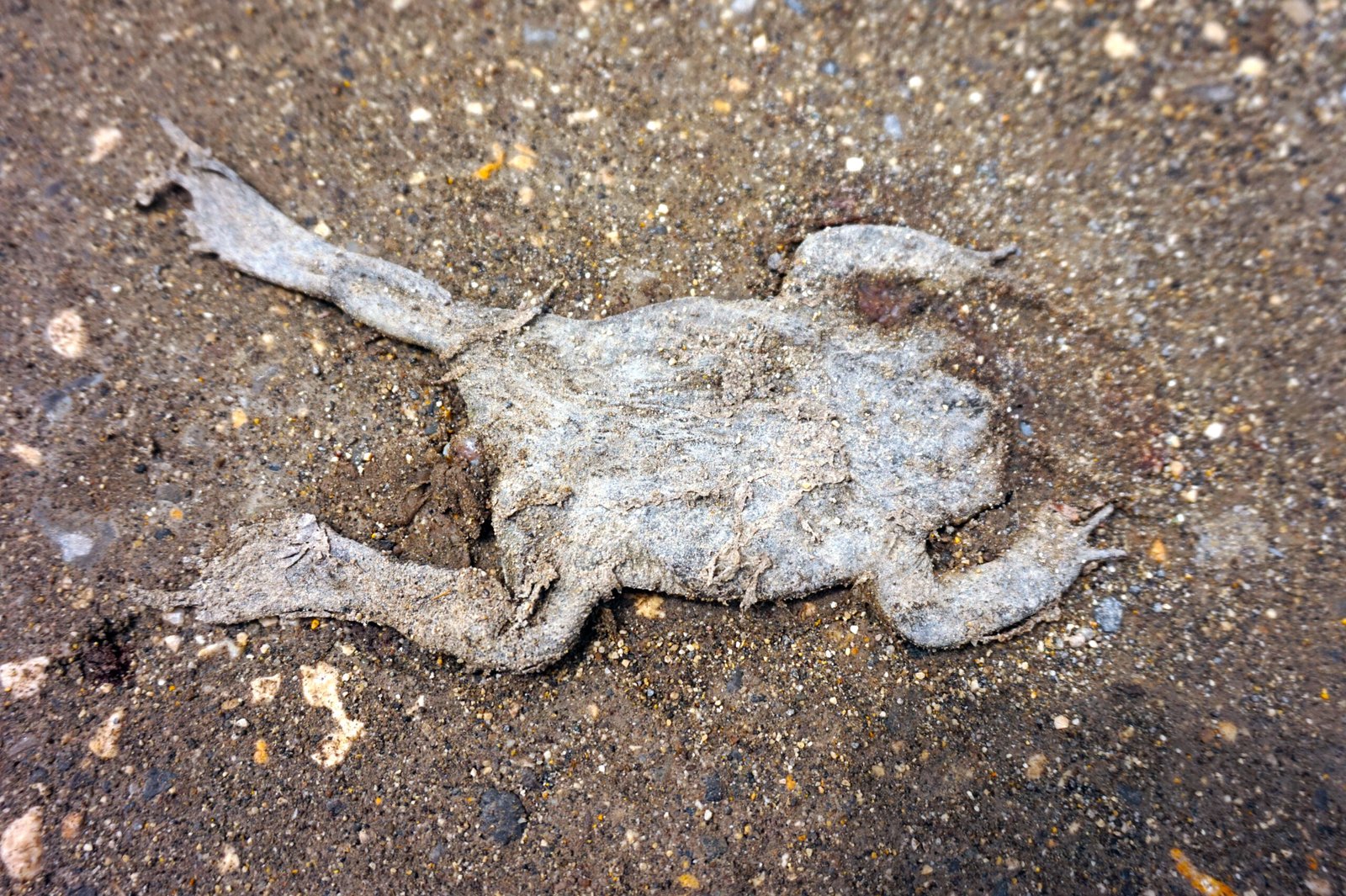
The flat-headed frog isn’t just unusual—it’s completely unique. No other frog in the world is as flat or as specialized for its environment. Most frogs have lungs, round bodies, and a more generalist approach to life. By comparison, Barbourula kalimantanensis is a true oddball, shaped by the extremes of its habitat. Its existence challenges our ideas about what amphibians can be, and it reminds us that evolution never runs out of surprises.
Conservation Concerns: A Fragile Existence

Despite its many adaptations, the flat-headed frog is in trouble. Its habitat is under threat from logging, mining, and pollution. Because it can only breathe through its skin, any contamination in its stream can be deadly. The frog’s dependence on clean, fast-moving water makes it one of the most sensitive indicators of ecosystem health in Borneo. Conservationists are racing against time to protect what little habitat remains, but the odds are daunting. This frog’s story is not just about survival, but about the delicate balance between nature and human activity.
Global Curiosity: Scientists’ Fascination
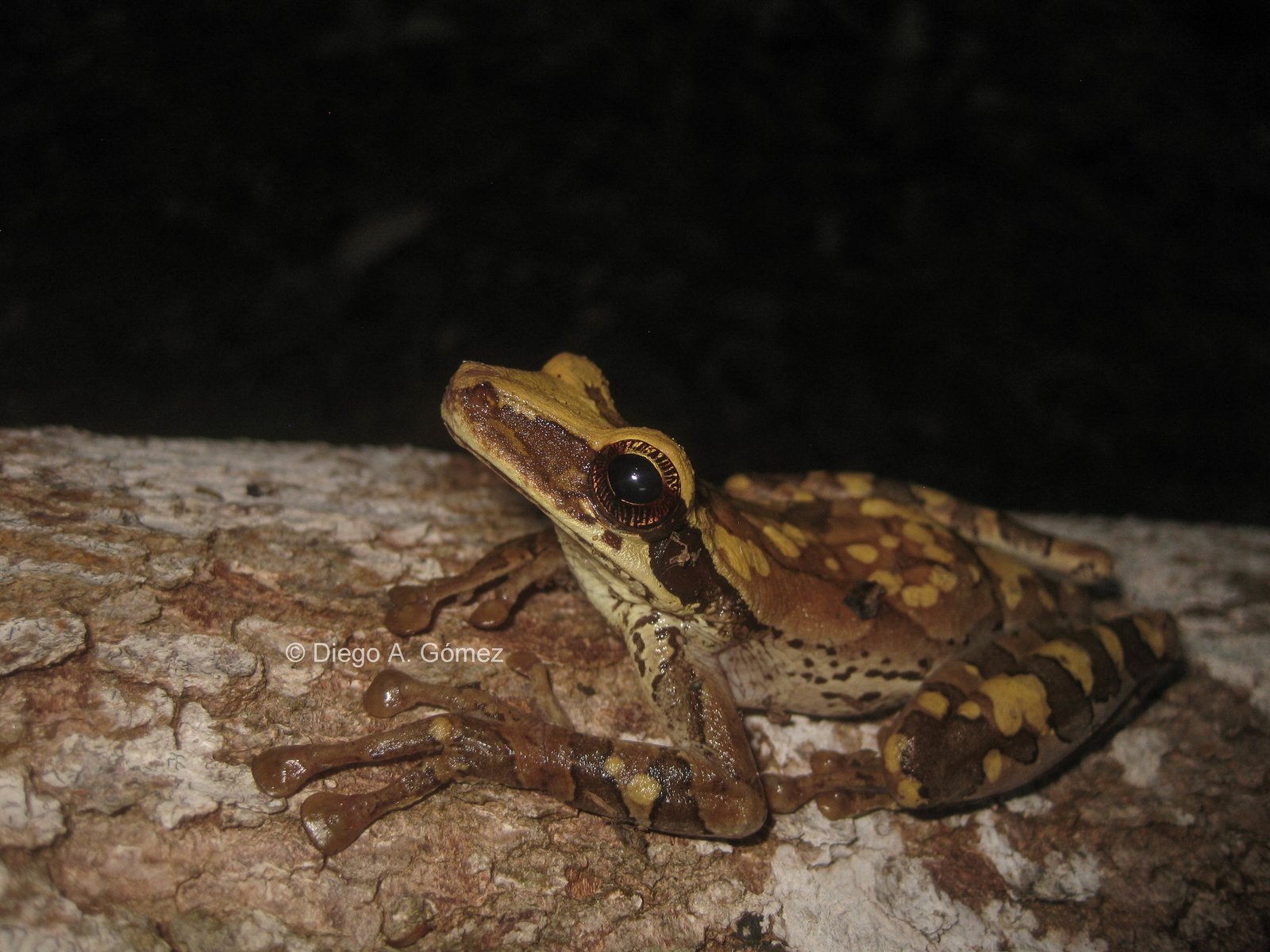
Ever since its discovery, the flat-headed frog has fascinated scientists around the world. Its lungless existence challenges textbook definitions of what makes a frog a frog. Researchers have traveled to Borneo to study its physiology, genetics, and behavior, hoping to unlock the secrets of its survival. Every new finding adds another layer of wonder to this already astonishing animal, and inspires new questions about evolution’s possibilities.
Pop Culture and the Silly Side of Science
It’s not every day that a frog becomes a symbol of silliness, but the flat-headed frog’s appearance has earned it plenty of fans. Its flat, almost cartoonish form has sparked jokes and memes online, with some people calling it the “pancake frog.” But behind the humor is a deeper appreciation for the wild, whimsical creativity of evolution. Sometimes, science is stranger than fiction—and a little bit funnier, too.
The Role of Amphibians in Ecosystems
Amphibians like the flat-headed frog play a crucial role in their ecosystems. They help control insect populations, serve as prey for other animals, and contribute to the nutrient cycles of streams and forests. When a unique species like this frog is threatened, it’s not just a loss for biodiversity, but a disruption to the entire web of life. Protecting the flat-headed frog means safeguarding a whole community of life that depends on clean, healthy water.
Comparing Flatness: Other Oddball Frogs
While the Bornean flat-headed frog is the flattest, it’s not the only strange amphibian out there. Other frogs have evolved bizarre shapes and habits to survive in their own corners of the world. For example, the Surinam toad is famous for its pancake-like body, but it still can’t compete with Barbourula for sheer flatness. Each species is a testament to the creativity of evolution, showing how different challenges lead to wildly different solutions.
Challenges of Studying Elusive Creatures
Researching the flat-headed frog is no easy task. Its remote habitat, excellent camouflage, and secretive habits make it a tough subject for scientists. Fieldwork often means long treks through dense rainforest, slippery rocks, and uncertain weather. Even when a frog is found, studying its behavior without disturbing it is a delicate balance. The difficulties only add to the mystique of the species, making every discovery feel like a small miracle.
Lessons from Nature’s Oddballs

What can we learn from the world’s flattest frog? For one, that the strangest solutions are sometimes the most successful. The flat-headed frog’s bizarre body is a masterclass in adaptation, showing how living things can reshape themselves to fit even the harshest environments. It’s a lesson in creativity, resilience, and the endless possibilities of life on Earth.
Children and the Wonder of Weird Wildlife
For children, the flat-headed frog is a perfect introduction to the wonders of biodiversity. Its funny appearance and silly nickname make science approachable and fun. Sharing stories about strange animals can spark lifelong curiosity and a love of nature, inspiring the next generation of explorers and scientists. Who knows—maybe one of today’s curious kids will become tomorrow’s champion for the world’s weirdest creatures.
Final Reflections: Embracing the Unexpected
The story of the flat-headed frog is a reminder that nature is filled with surprises. Sometimes, the oddest animals teach us the most about adaptation, survival, and the beauty of diversity. The next time you think you know what a frog should look like, remember the world’s flattest frog—and let yourself be astonished by the endless creativity of evolution.




